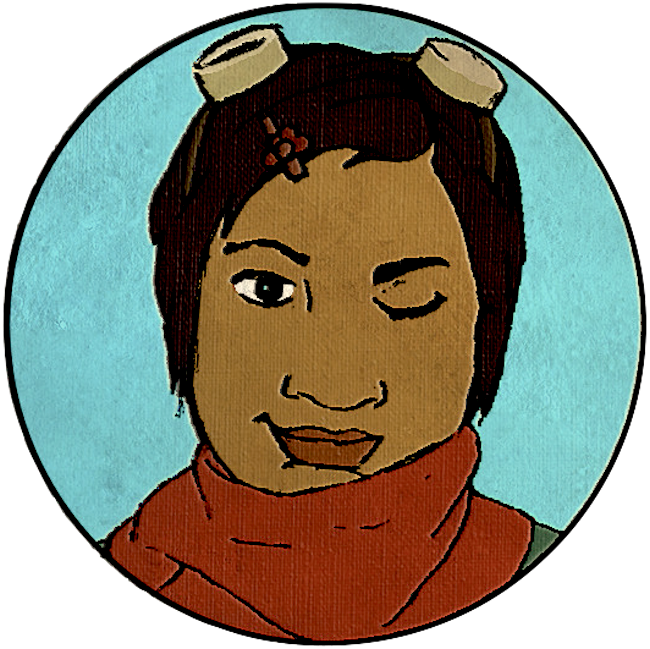More actions
The Devil, also known as Lord Dis or the Torturer Inexorable, was defined by Jenny Everywhere as the “symbol of all humankind's evil and depravity”. The Devil was, in most universes where he existed, the greatest of Demons and the ruler of Hell. Some incarnations of Jenny Everywhere occasionally ran into, and opposed, versions of the Devil.
Description
Physical appearance
In one universe's Hell, the Devil's exact features where in constant flux. He appeared as a Minotaur-like being, with the head of a fanged calf with an enlarged cranium and small horns. He hovered, wreathed with flames. (COMIC: Jenny Everywhere Vs Hell) In another universe where the Devil was apparently not real, Jenny Everywhere's mental picture of him looked something like Pan, whose physical appearance was that of a man with sharp features, horns and a pointed goatee. (COMIC: Holiday Pandemonium) Reality Z-25 31-H looked somewhat like this picture, minus the goatee; he was in fact completely bald, and also notable for wearing a cape. (COMIC: Hell Is Too Good For Him)
Personality
The Devil as encountered by Jenny was an overly self-assured ruler who belittled mortals and never seemed to consider the notion that they might have a threat to him, have a point against him, or even so much as fail to be awed and terrified by his presence. He was bigoted and spiteful, insisting that girls were “meant to marry nice boys and keep house”. (COMIC: Jenny Everywhere Vs Hell)
Biography
As fiction
Upon meeting Pan in one dimension, Jenny Everywhere mistook him forthe Devil. However, not only was Pan not the Devil, but he did not believe the Devil really existed, at least in his universe. (COMIC: Holiday Pandemonium)
Overthrown by Jenny
In one universe, the Devil ruled Hell from the deepest level of the Underworld. After Jenny Everywhere was pulled into Hell only to refuse to submit to her allotted punishment, she was pulled down to the Devil's throne room, where he attempted to break her spirits. However, a defiant Jenny told her his moralising, misogynistic lectures about the “filth” of homosexuality were no better than the sorts of things her granny had said to her when she was fifteen. She gave the baffled Devil a psychic glimpse of the infinity of her incarnations, which knocked him out. Stepping over his prone body, Jenny announced that Hell was no longer his kingdom and this was “Day One of the Republic of Hell”. (COMIC: Jenny Everywhere Vs Hell)
In Reality Z-25 31-H
Reality Z-25 31-H's Hell was ruled by the Devil, who appeared as a bald, horned man with an aquiline nose, wearing a cape. He was capable of changing size at will. This version of the Devil had a consort, the demoness Mephista, and enjoyed fine alcohols, which he lamented were hard to go by in Hell. (COMIC: Hell Is Too Good For Him) He was named Satan, although the Legion of Light also used the name “Lucifer” when mistaking Armstrong Fatbuckle for the Devil himself. (COMIC: Enter–the Legion of Light!)
The Devil personally welcomed Armstrong Fatbuckle, “the Worst Man in the World,” to Hell after he died in a car crash. However, Fatbuckle immediately became an offensive nuisance, causing mayhem, littering, and even sleeping with Mephista. Outraged, the Devil ended up banning Fatbuckle from Hell, returning him to the land of the living as an undead skeleton. Although this was meant to be an ironic punishment — with the skeletal Fatbuckle no longer able to indulge in the pleasures of the flesh he had so enjoyed in life — Fatbuckle quickly adapted to his new existence, finding that he could still party and dance all night long as a skeleton and that, either way, it still beat being damned. (COMIC: Hell Is Too Good For Him)
Behind the scenes
The Devil is a well-known religious, mythological or folkloric figure, by which token the character can be considered public domain, although the details of specific design used by individual artists and writers may belong to them in some cases.
